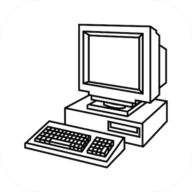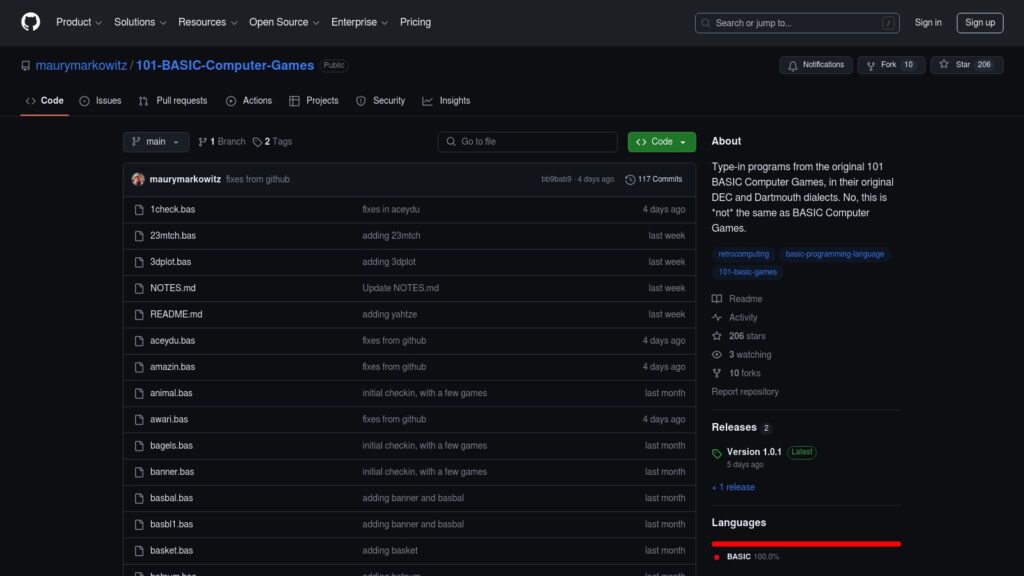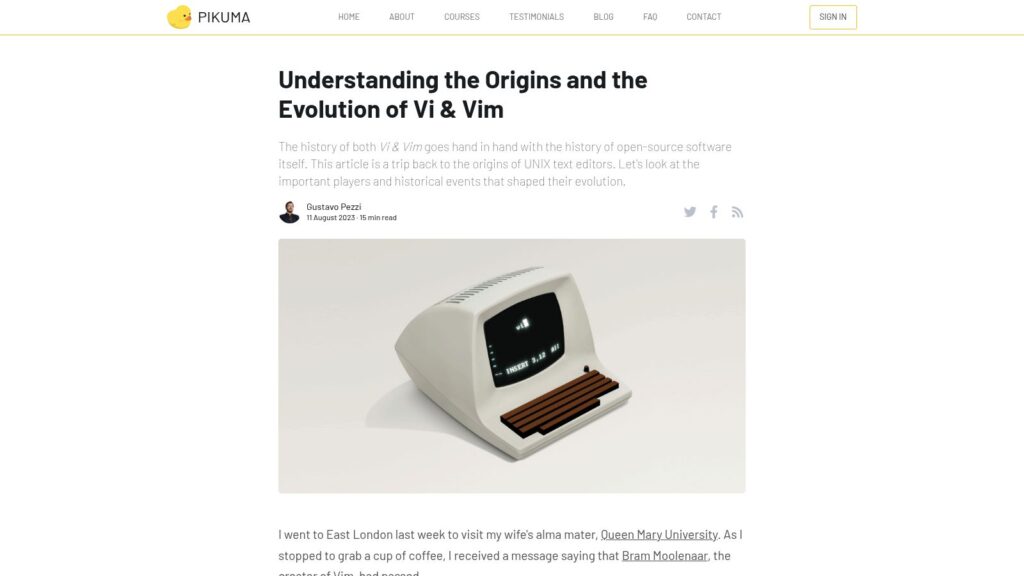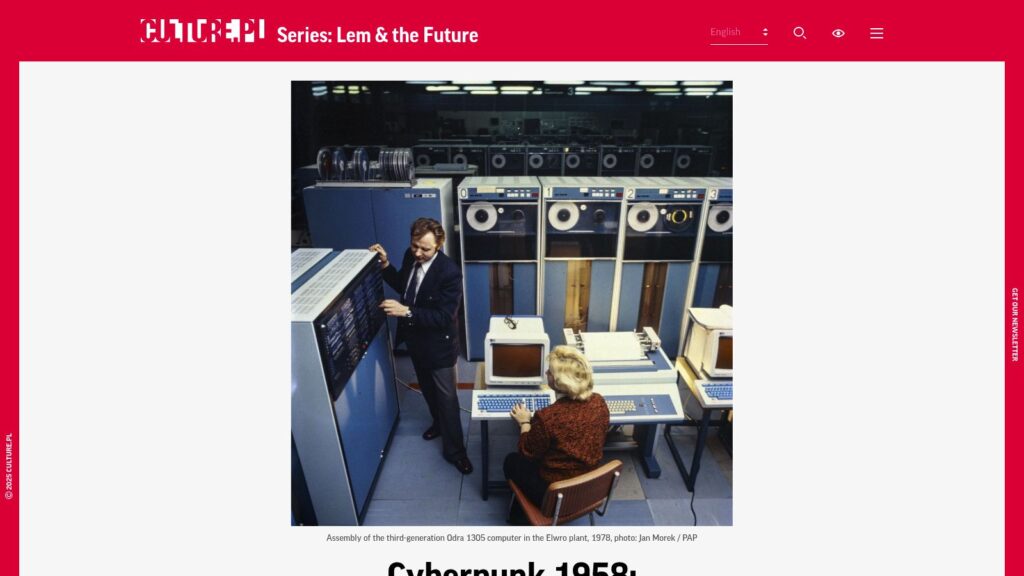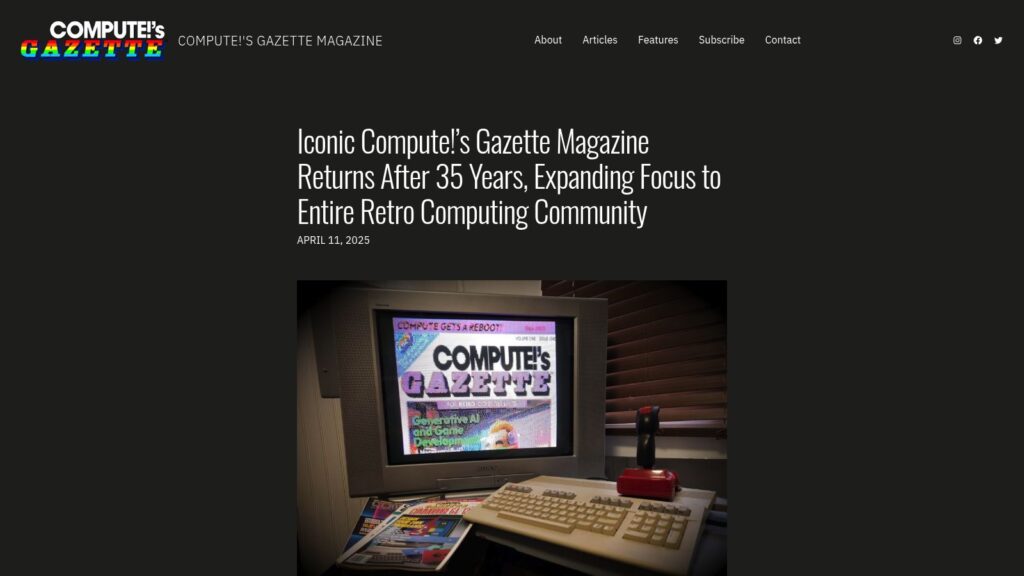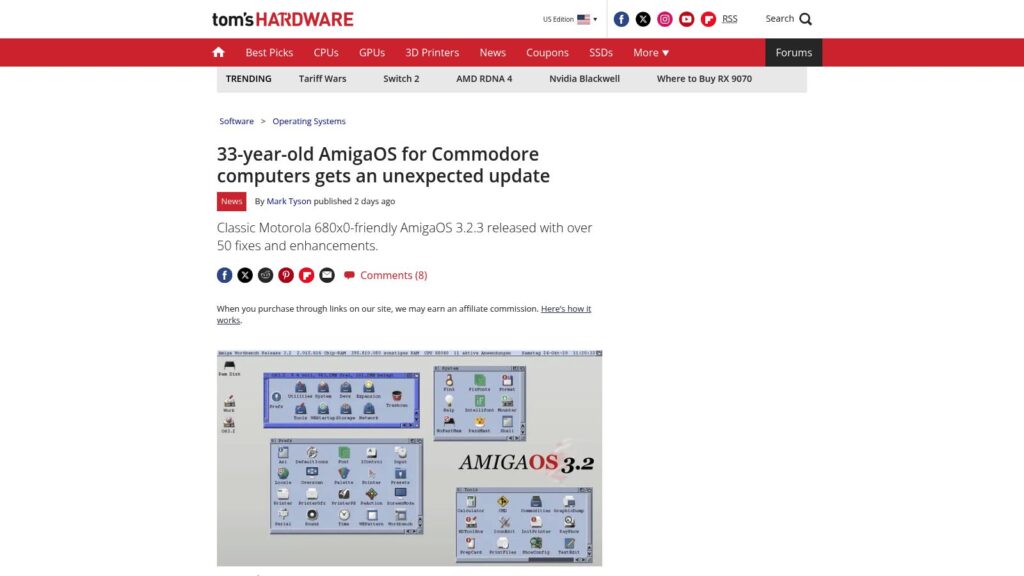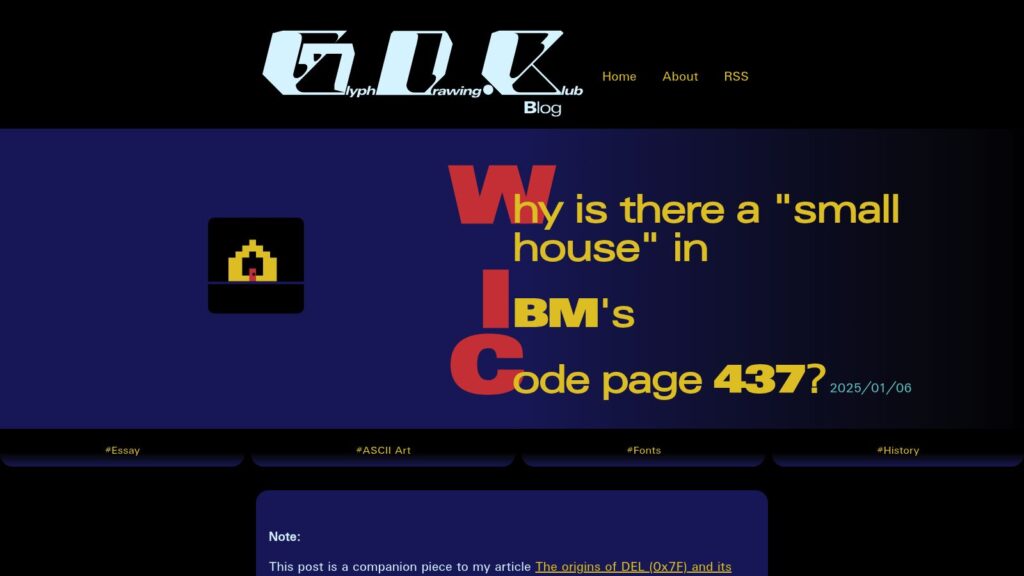From: Steve Jobs. “Great Idea, Thank You.”
Steve Jobs sent an email to new NeXT Systems Engineer Steve Hayman, replying “Great idea, thank you” after Hayman naively set up an email alias for Jobs’ address ([email protected]) to his own. Initially panicking over misdirected emails, Hayman corrected the alias back to Jobs and explained his mistake, receiving a cherished written acknowledgment from Jobs. Hayman reflects on this unique interaction and his career, which began with Jobs and ended with Tim Cook.
https://blog.hayman.net/2025/05/06/from-steve-jobs-great-idea.html
From: Steve Jobs. “Great Idea, Thank You.” Read More »
